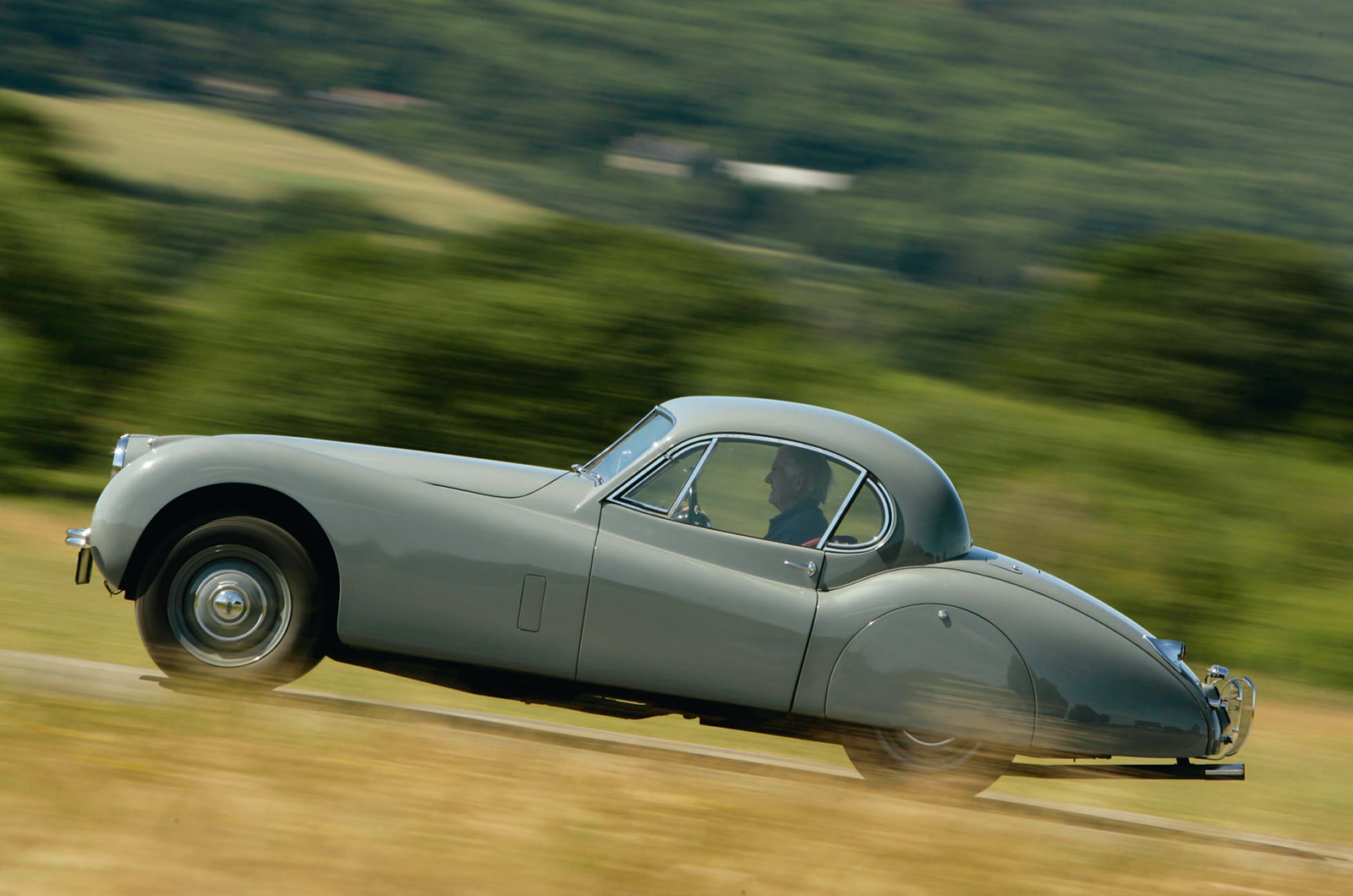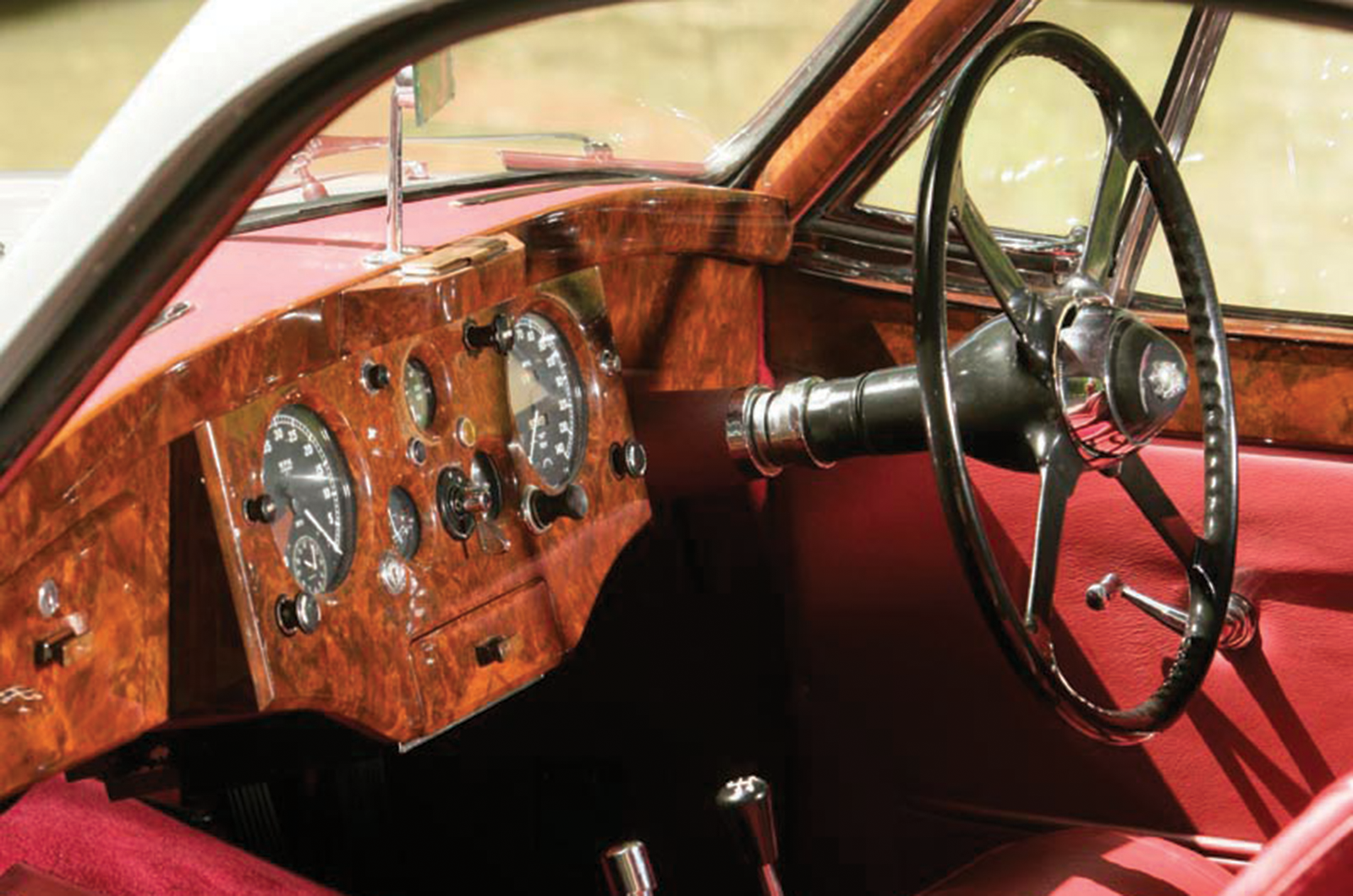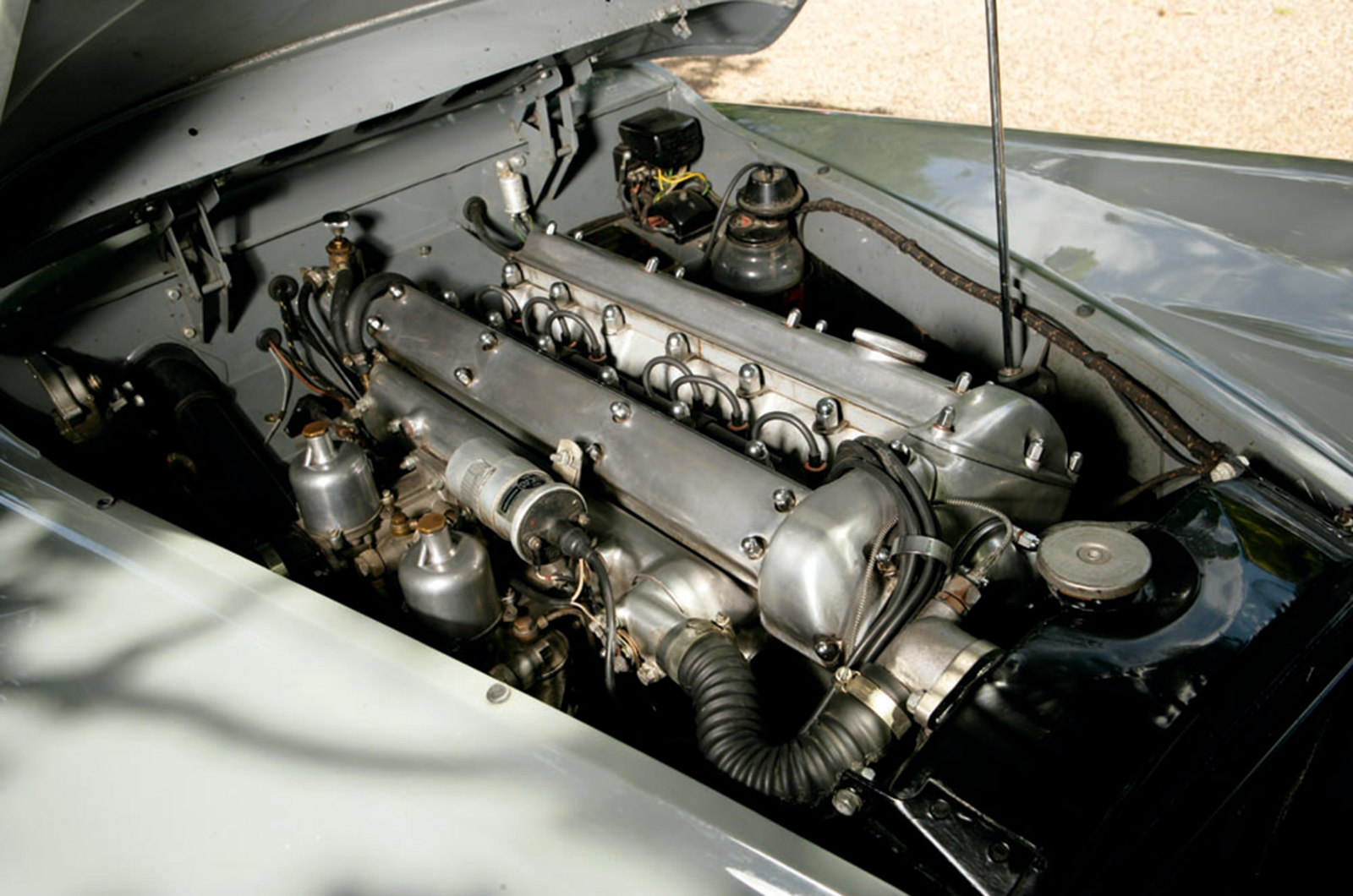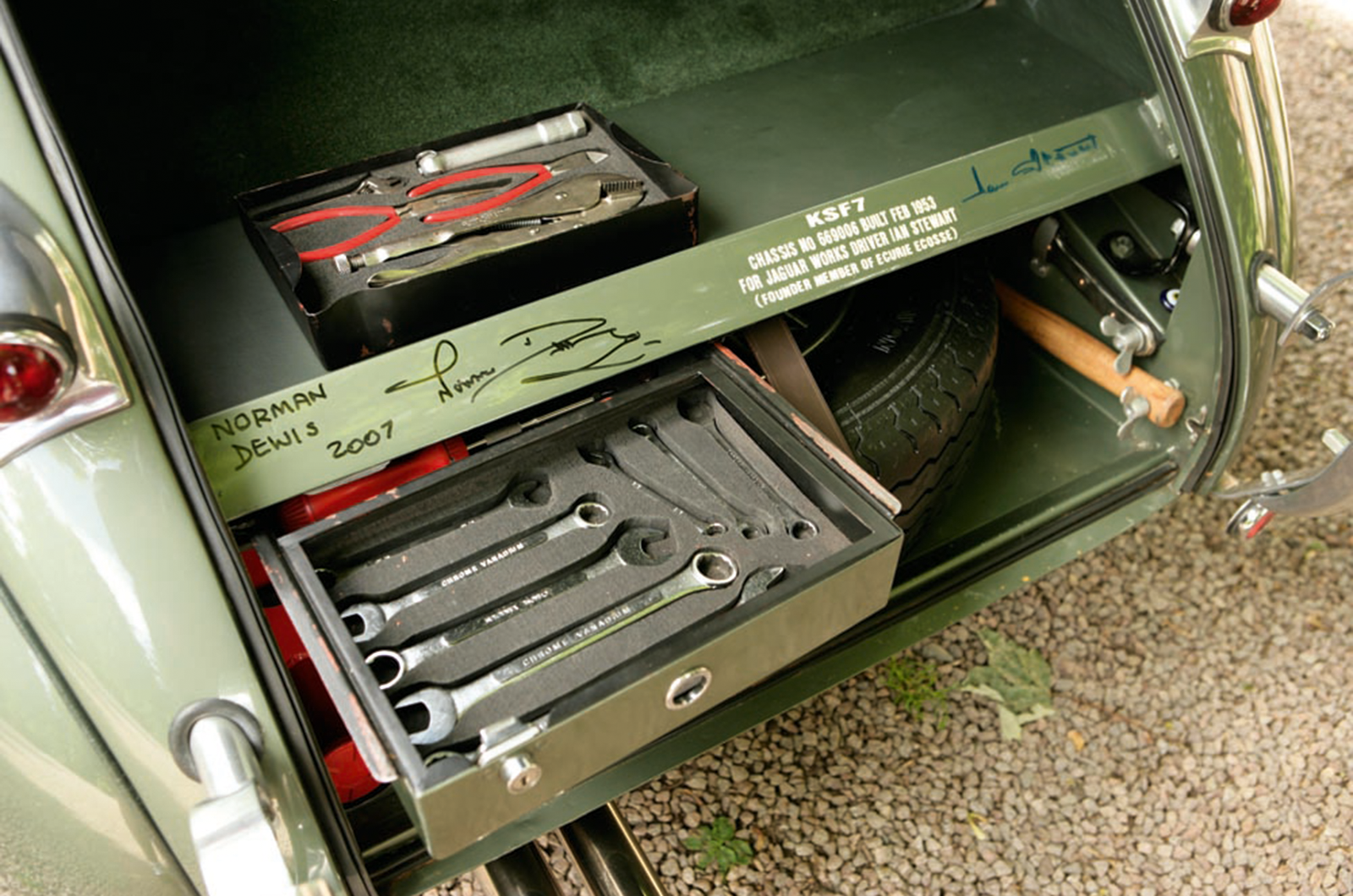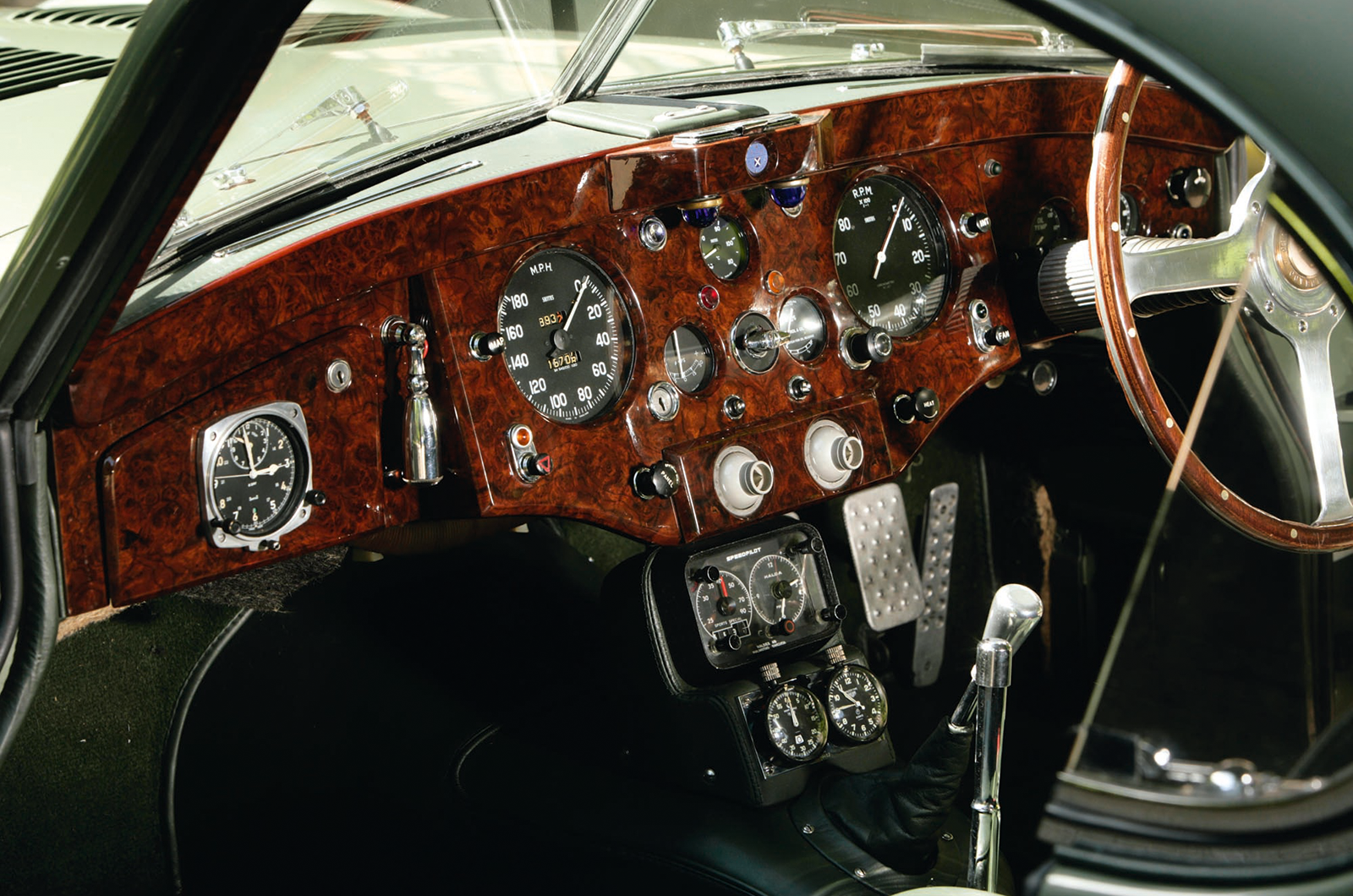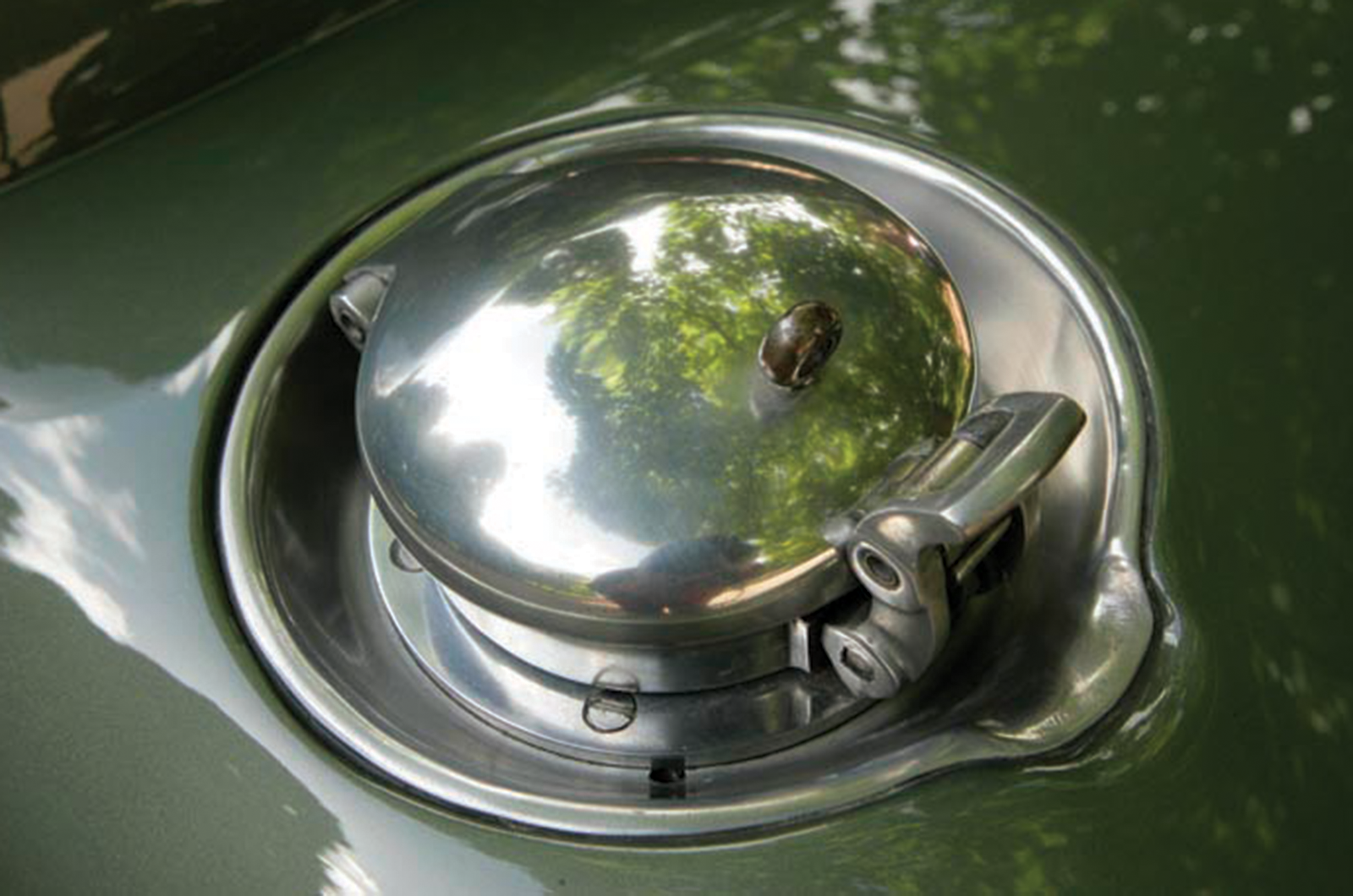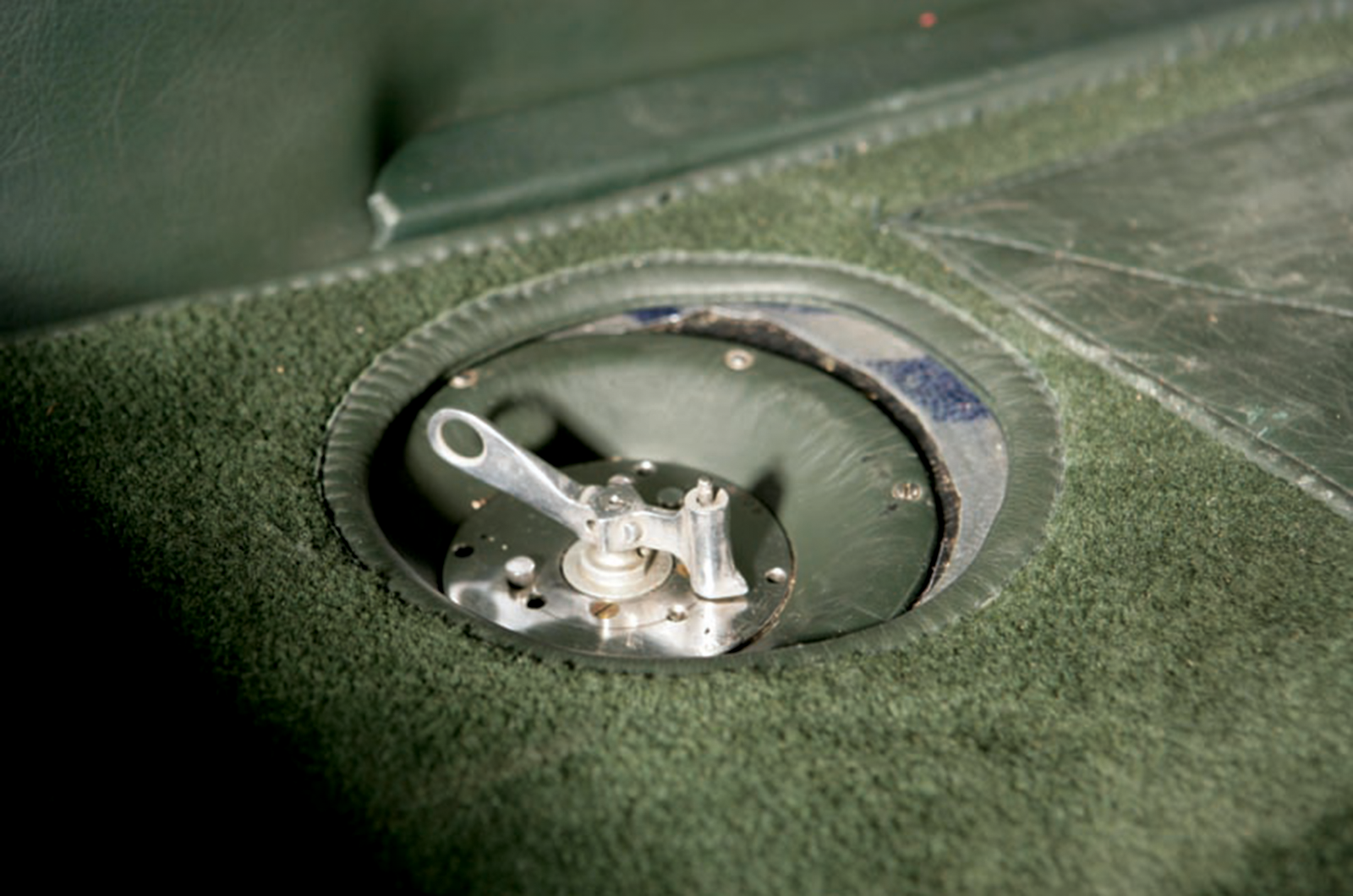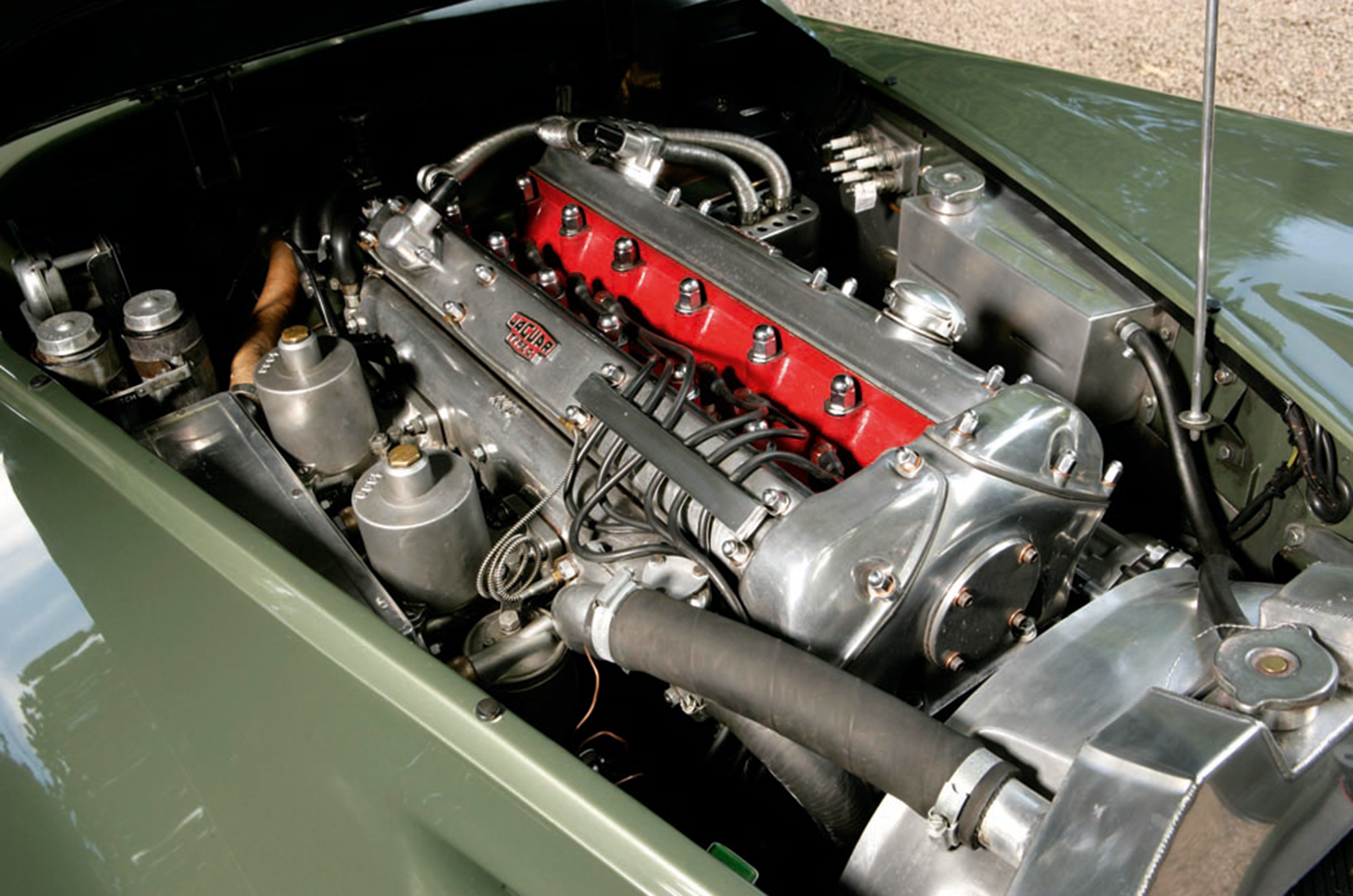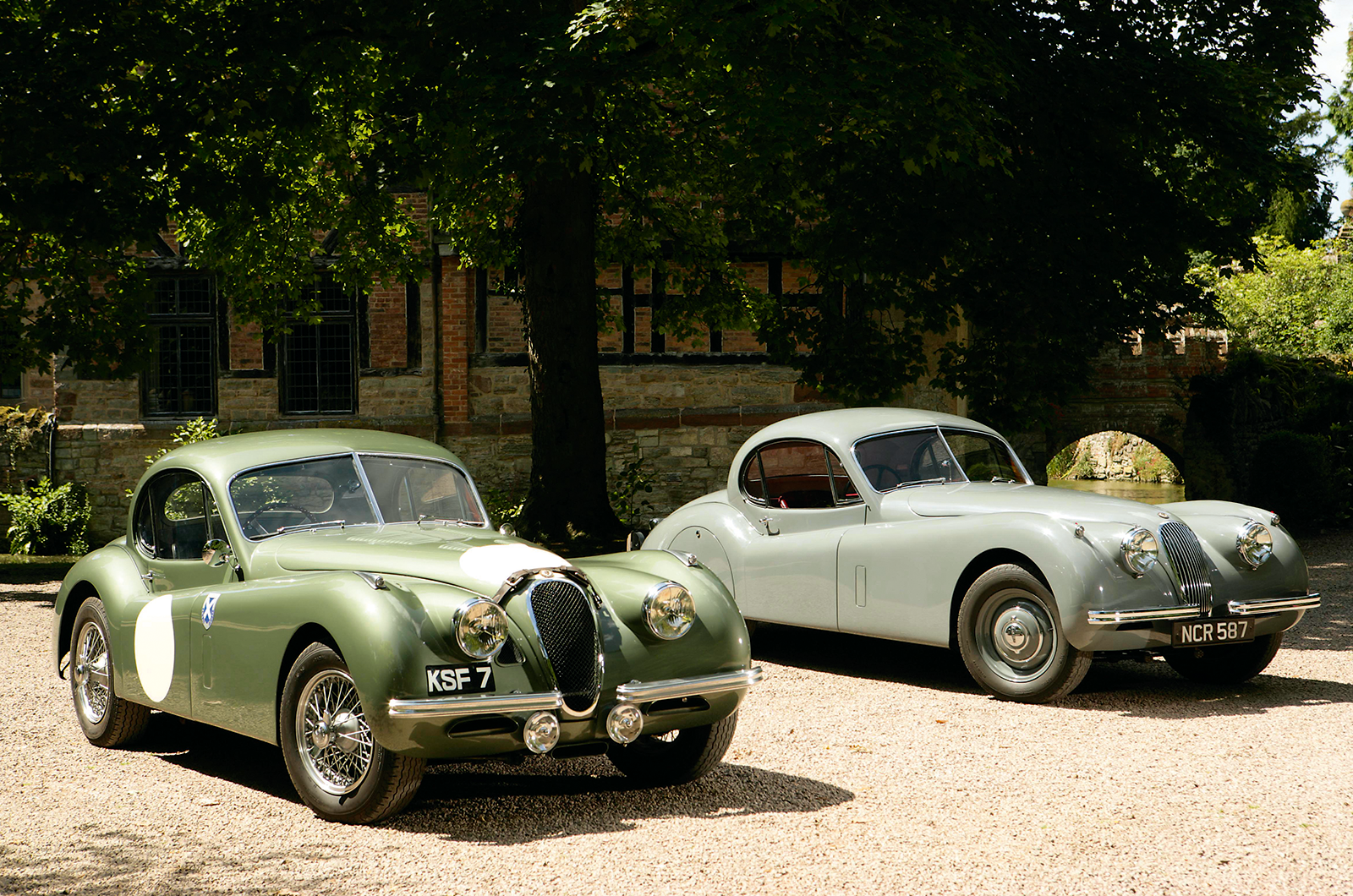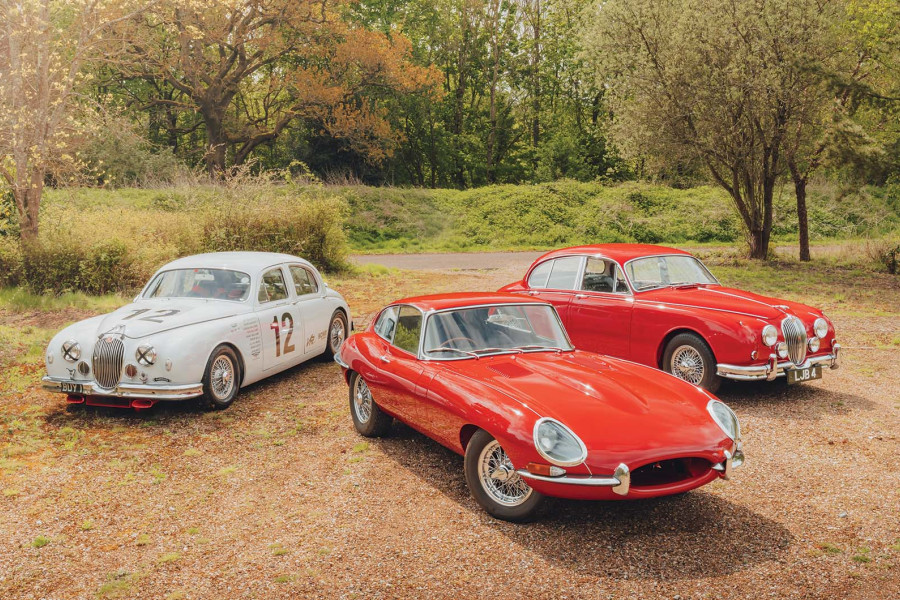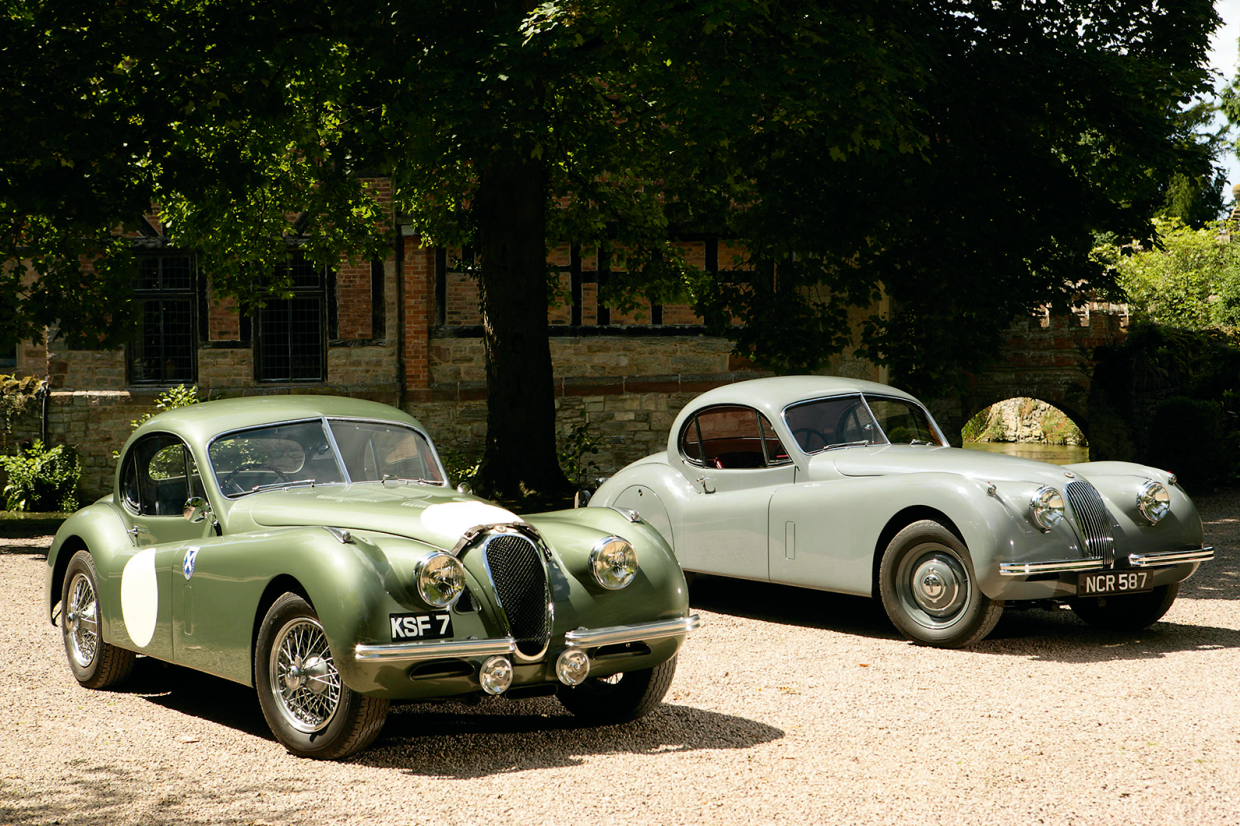
Standard or modified? The debate has taken place at many a classic car club meet between the purists, who advocate originality at all costs, and those who say the factory item can be bettered.
And few marques spark more heated discussion than Jaguar.
When the firmʼs XK120 was launched in 1948, it was a watershed model for the company.
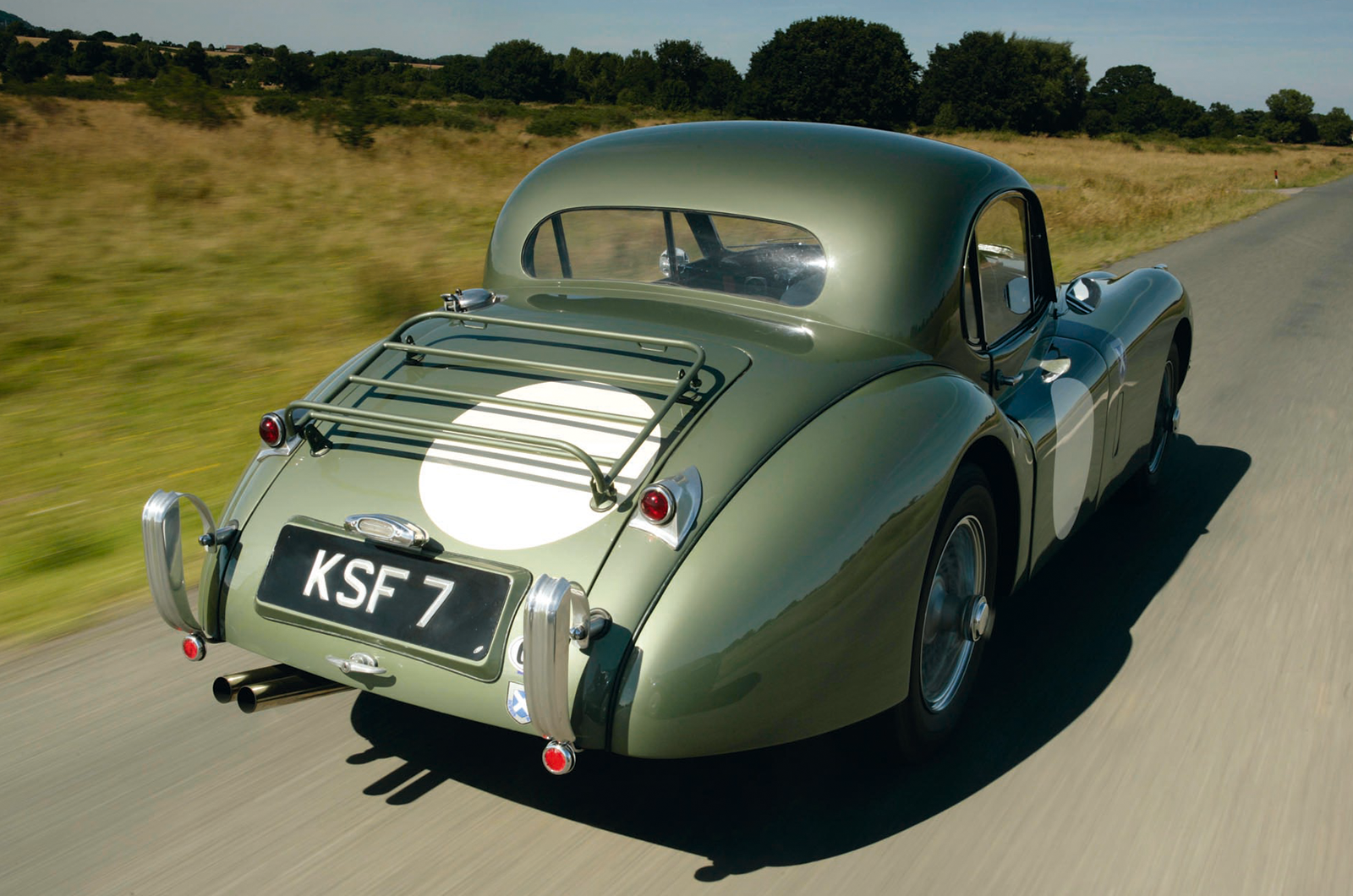
This Nigel Dawes-fettled Jaguar XK120 has several tasteful modifications
William Lyonsʼ irresistible combination of 120mph performance and stylish looks for an unbeatable £998 price wowed a wary post-war public when the XK120 appeared at Earls Court in 1948.
It was such a sensation that the initial run of around 250 alloy-bodied cars quickly gave way to high-volume steel production, which in turn led to the roomier XK140 and bloated – but more accomplished – XK150 models.
Some 30,000 XKs rolled out of Browns Lane before the E-type took over in 1961.
Today, however, as the classic fraternity grows, the reality is that there is an increasing demand for extra performance and comfort – particularly among those who have only ever driven a modern car before.

